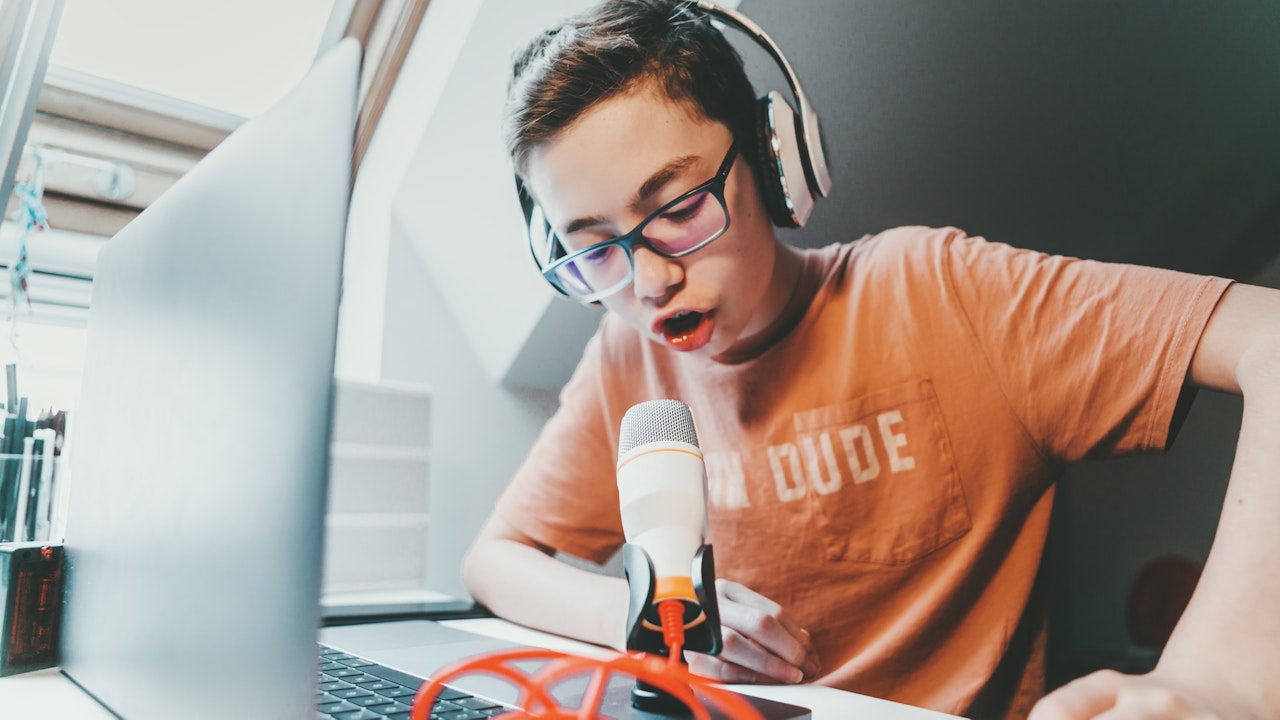Homepage
•
Learning Library
•
Blog
•
Get Your Students Creating Their Own Podcasts
Expand breadcrumbs
Expand breadcrumbs
- Learning Library
- Blog
- Get Your Students Creating Their Own Podcasts
- Homepage
- •
- Learning Library
- •
- Blog
- •
- Get Your Students Creating Their Own Podcasts
Get Your Students Creating Their Own Podcasts
By Michele Haiken
December 13, 2023








